Most people give their fruits and veggies a cursory rinse under the faucet before eating or cooking them, but is that few seconds under running water really enough to remove any remaining dirt, pesticides, or wax clinging to the surface?
Nope.
Fresh fruits and veggies are packed with nutrition and flavor, but they're also handled by many people, from the growers and packers to the folks who put them on display at the supermarket.
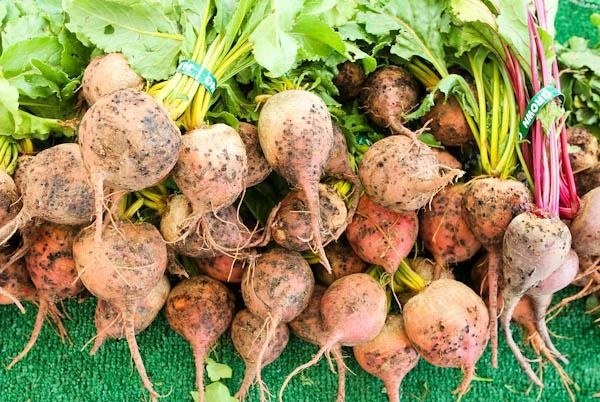
Plus, there may be unsafe bacteria present in the soil or water where they grew. Almost 48 million people a year get sick because of something they ate, and the culprit can often be produce.

However, this is not an excuse to exclusively eat Cheetos and Oreos. Your life will be a better, healthier, and more cheerful experience if you eat a lot of fruits and vegetables.
There are ways to make sure that your produce is cleaned properly and thoroughly, but chances are that you're not aware of all of them—we sure weren't.
1. Wash Your Freakin' Hands First
Think of all the things your hands touch throughout the day: door handles, car steering wheels, computer keyboards, your phone, pets, kids, other people—all hot beds for germs and bacteria.
That's why it's important to wash your hands thoroughly with soap and water before you touch any produce. Even if you do that already, chances are you're not doing it well enough.

You should be applying soap and rubbing your hands together vigorously for at least 20 seconds to get rid of any germs.
2. Wash Your Produce Before You Cut It
When you cut into an apple or melon or any other piece of produce, you are piercing its cell structure and dragging whatever was on the surface through its flesh. You should always, always wash produce before you peel or chop it.

3. Rub Your Produce & Use a Brush on Firm Produce
The same principle applies to produce as it does to handwashing: you need to dislodge any bacteria or pesticides that are lingering on the surface, and the best way to do that is through friction, which these scientists verified.

Use your hands on delicate items like strawberries and grapes and a brush on firmer produce like melons and cucumbers. You don't even need to buy a fancy brush; I just keep a second dishwashing brush that's used only for scrubbing produce.

4. Use a Vinegar Solution to Be Really Thorough (But No Soap)
Basic white vinegar is incredibly effective at removing pesticides and germs, costs almost nothing, and is gentle to the environment (apple cider vinegar works, too, but that's more costly).
A study at the University of Florida showed that rinsing produce with a 10% vinegar solution reduced viruses by almost 95% and bacteria by 90%. You can skip soap, though: the same study in tip # 3 also showed that rubbing produce is just as effective as washing it with soap and water when it comes to removing bacteria and germs.

Some folks add lemon for extra oomph, but it's not necessary.
5. Dry Off Produce with a Cloth
Once again, here's the rub: drying off produce with a clean, dry dish towel (or paper towel, but again: let's be kind to the planet here) will further reduce the risk of ingesting pathogens.

The FDA has an extensive guide about food-borne illness and prepping produce safely, while the University of Colorado has an item-by-item guide to washing produce.
Be Thorough with Organic Stuff, Too
Keep in mind that you should follow these rules even with organic produce. While organic produce is grown without conventional pesticides, you don't know what was in the soil where it was grown or who was touching it. Better to be safe than sorry!

FYI, The Environmental Working Group (EWG) had a reference guide of conventionally grown produce that have the most to the least pesticide residue on them. It's a good list to use when the organic stuff is too pricey but you still want to have freshly grown food on the table.
In a Nutshell...
Personally, I like to make a water and white vinegar solution in a large bowl, drop all my produce in there, and let it sit for a few minutes. I also keep a spray bottle on hand with the same solution and spray it on produce if I don't have time to do a good soaking. Then I scrub and rinse it under some running water to be really thorough.
It makes me feel much better about the food I'm about to eat. Plus, knowing how to make my veggies properly clean makes me more likely to buy and eat more of them.
Just updated your iPhone? You'll find new emoji, enhanced security, podcast transcripts, Apple Cash virtual numbers, and other useful features. There are even new additions hidden within Safari. Find out what's new and changed on your iPhone with the iOS 17.4 update.
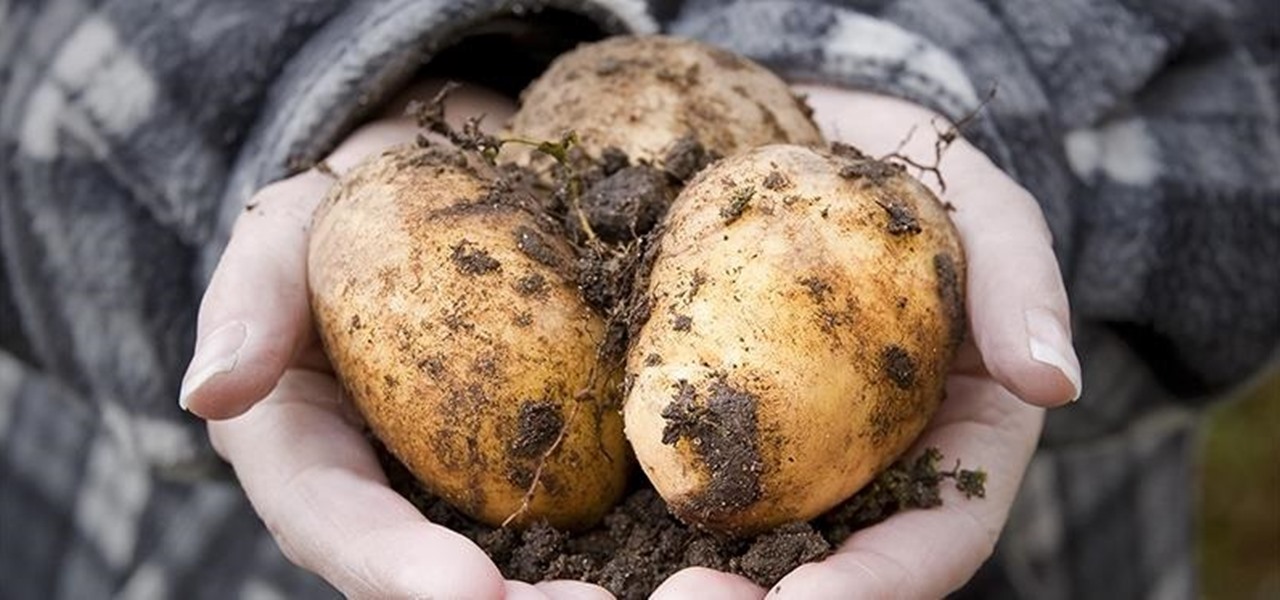






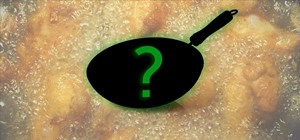
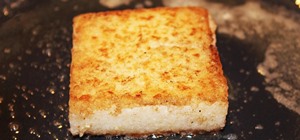

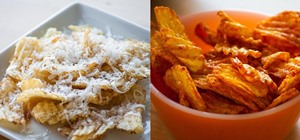
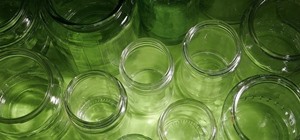
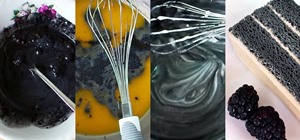
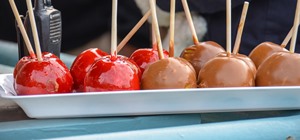
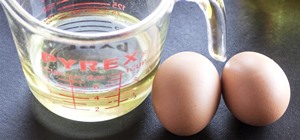


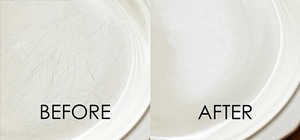


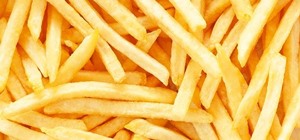

Be the First to Comment
Share Your Thoughts